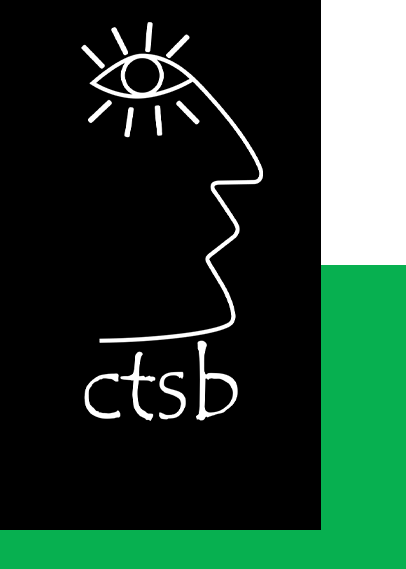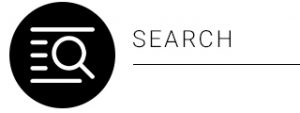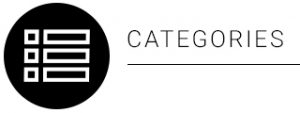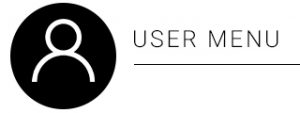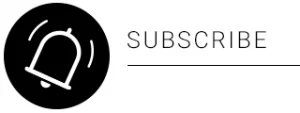APPLY BASIC INVOICING AND ACCOUNTING PRINCIPLES
US 252435/11241
NQF LEVEL: 3
CREDITS: 6
NOTIONAL HOURS: 60
SAQA UNIT STANDARD ALIGNMENT
SPECIFIC OUTCOMES (SO)
Level 3 | Credit 6
UNIT STANDARD 252435/11241 :
Apply basic invoicing and accounting principles
SPECIFIC OUTCOME 1
On completion of this section you will be able to explain items of expenditure and revenue.
ASSESSMENT CRITERIA
On completion of this section you will be able to:
- A definition of expenditure is provided in the context of freight forwarding and customs clearing (SO 1, AC 1)
- A definition of revenue is provided in the context of freight forwarding and customs clearing. (SO 1, AC 2)
- The difference between expenditure and revenue are explained as they apply to freight forwarding. . (SO 1, AC 3)
SPECIFIC OUTCOME 2
On completion of this section you will be able to explain fixed and variable costs.
ASSESSMENT CRITERIA
On completion of this section you will be able to:
- Fixed cost is defined with examples. (SO 2, AC 1)
- Variable cost is defined with examples. (SO 2, AC 2)
- Three examples are provided where fixed costs could happen. (SO 2, AC 3)
- Examples are provided where variable costs could be confused as fixed costs. (SO 2, AC 3)
- The consequences of a variable cost being confused as a fixed cost is explained with examples. (SO 2, AC 3)
SPECIFIC OUTCOME 3
On completion of this section you will be able to perform invoicing operations and post amounts to the appropriate accounts.
ASSESSMENT CRITERIA
On completion of this section you will be able to:
- An invoice is prepared which has items of expenditure and items revenue for a sea freight shipment for a full container load and import which has paid customs duty, duty schedule, and the ocean freight is on a collect basis. (SO 3, AC 1)
- An invoice is prepared for an air freight export shipment which has items of expenditure and items of revenue where the master airway bill is collected, insurance must be invoiced as well as cartage collection charges. (SO 3, AC 2)
- The expenditure items must be posted to the appropriate accounts for both the sea freight and airfreight invoices. (SO 3, AC 3)
- A record is made up of the over-recoveries of the items of expenditure which must later be taken to profit. (SO 3, AC 3)
SPECIFIC OUTCOME 4
On completion of this section you will be able to reconcile and identify individual transactions with statements of accounts.
ASSESSMENT CRITERIA
On completion of this section you will be able to:
- Ocean freight or air freight is identified as items of the organisations invoices. . (SO 4, AC 1)
- Cartage is identified as an item of the company’s invoices and statements from the transporter taking into account all over-and-under recoveries. (SO 4, AC 2)
- All landside and surface charges are identified including port authority charges, airline charges, depot charges and carrier’s handling. (SO 4, AC 3)
- All customs and charges are identified and reconciled with bills of entries, statements and deferment accounts. (SO 4, AC 4)
- Other disbursements charges are identified and reconciled with invoices from those parties taking into account all over-and-under recoveries. . (SO 4, AC 5)
- Supplementary charges from outside parties are identified and reconciled to the organisations invoice taking into account all over-and-under recoveries. . (SO 4, AC 6)
- Supplementary invoices are disbursed by the organisation and account for all disbursement items which have been invoiced. (SO 4, AC 7)
- Reconciliation is made between the invoices and statement of accounts. (SO 4, AC 8)
SPECIFIC OUTCOME 5
On completion of this section you will be able to identify and disburse the items on behalf of the organisation to be recovered in the invoicing process.
ASSESSMENT CRITERIA
On completion of this section you will be able to:
- Cartage charges as disbursed by the organisation, are identified and posted to the cartage disbursement account. . (SO 5, AC 1)
- Storage charges as disbursed by the organisation are identified and posted to the storage disbursement account. (SO 5, AC 2)
- All special charges such as extra attendance are disbursed by the organisation are identified and posted to the disbursement accounts. (SO 5, AC 3)
HOW TO USE THIS GUIDE
ICONS
PROGRAMME OVERVIEW
PURPOSE
LEARNING ASSUMPTIONS
HOW YOU WILL LEARN
HOW YOU WILL BE ASSESSED
FORMATIVE ASSESSMENT
SUMMATIVE ASSESSMENT
SECTION 1: UNDERSTANDING EXPENDITURE AND REVENUE
1.1 INTRODUCTION
1.2 THE CONCEPT OF EXPENDITURE
1.3 CONCEPT OF REVENNUE
1.4 DIFFERENCE BETWEEN REVENNUE AND EXPENDITURE
SECTION 2: UNDERSTANDING FIXED AND VARIABLE COSTS
2.1 INTRODUCTION
2.2 FIXED COSTS
2.3 VARIABLE COSTS
SECTION 3: INVOICING OPERATIONS
3.1 INTRODUCTION
3.2 INVOICES
3.3 POSTING TO RELEVANT ACCOUNTS
SECTION 4: RECONCILING TRANSACTIONS
4.1 FREIGHT FORWARDING
4.2 CARTAGE
4.3 LANDSIDE AND SURFACE CHARGES
4.4 CUSTOMS CHARGES
4.5 DISBURSEMENT CHARGES
4.6 SUPPLEMENTARY CHARGES
4.7 RECONCILIATION
SECTION 5: DISBURSING ITEMS FOR RECOVERY
5.1 INTRODUCTION
5.2 DISBURSING CARTAGE CHARGES
5.3 DISBURSING STORAGE CHARGES
5.4 DISBURSING SPECIAL CHARGES
HOW TO USE THIS GUIDE
This workbook belongs to you. It is designed to serve as a guide for the duration of your training programme and as a resource for after the time. It contains readings, activities, and application aids that will assist you in developing the knowledge and skills stipulated in the specific outcomes and assessment criteria. Follow along in the guide as the facilitator takes you through the material, and feel free to make notes and diagrams that will help you to clarify or retain information. Jot down things that work well or ideas that come from the group. Also, note any points you would like to explore further. Participate actively in the skill practice activities, as they will give you an opportunity to gain insights from other people’s experiences and to practice the skills. Do not forget to share your own experiences so that others can learn from you too.ICONS
For ease of reference, an icon will indicate different activities. The following icons indicate different activities in the manual.PROGRAMME OVERVIEW
PURPOSE
.At the end of this training session you will be able to apply basic invoicing and accounting principles
LEARNING ASSUMPTIONS
The credit calculation is based on the assumption that learners are already competent in
• Communication at NQF Level 2 or equivalent.
• Mathematical Literacy at NQF Level 2 or equivalent.
HOW YOU WILL LEARN
The programme methodology includes facilitator presentations, readings, individual activities, group discussions, and skill application exercises.
HOW YOU WILL BE ASSESSED
This programme has been aligned to registered unit standards. You will be assessed against the outcomes of the unit standards by completing a knowledge assignment that covers the essential embedded knowledge stipulated in the unit standards. When you are assessed as competent against the unit standards, you will receive a certificate of competence and be awarded 6 credits towards a National Qualification.
